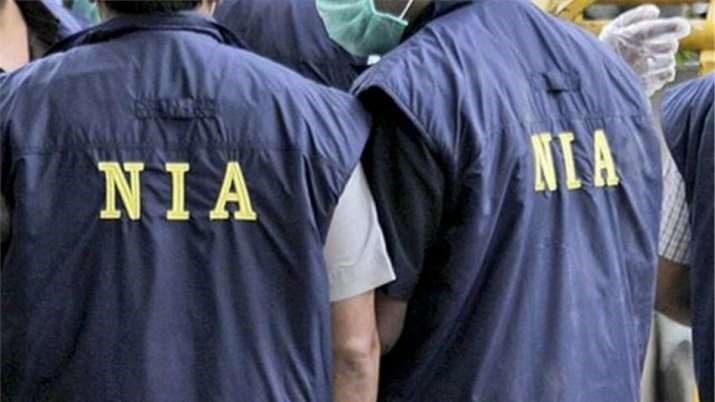
NIA cracks down on Myanmar militants sourcing explosives in Mizoram

India’s premier counter-terrorist task force launched a major crackdown in Mizoram on Friday (June 24), amidst reports of explosives meant for construction works being funneled to a Myanmar-based militant outfit fighting that country’s military junta.
The National Investigation Agency (NIA) conducted searches in Aizawl, Champhai and Kolasib districts of the north-eastern state in connection with the seizure of a huge quantity of explosives in the state in January this year.
The NIA in a press release issued on Saturday said 2,421.12 kgs of explosives, including 1,000 detonators and 4,500 metres of detonating fuse, were seized from a vehicle in Zawnling area under Tipa police station in Saiha district in Mizoram.
“The consignment was meant for a Myanmar-based outfit Chin National Front (CNF), which is in the process of accumulating arms and ammunition for resisting the government of Myanmar,” the NIA release stated.
Ever since the military seized power in Myanmar on February 1 last year, a series of such seizures of explosives, particularly gelatin rods, have been made by the security forces in Mizoram, which shares a 510-km long porous border with the neighbouring country.
Also read: India has no policy, gateway to Go East via Manipur-Myanmar
Around 50,000 Myanmar refugees mostly from the Chin state have taken refuge in Mizoram since the coup. Indian security agencies suspect that some CNF rebels are among the refugees and that they are sourcing explosives from some districts in the north-east.
“All consignments of explosives recovered in the state in the recent past were to be smuggled to Myanmar. This clearly shows that the rebel groups are sourcing incendiaries from the north-east,” said an official of the Assam Rifles that guards the border with Myanmar.
Even last month huge quantities of explosives were recovered in a series of raids in the state, the official said. The seized items include over 11,000 gelatin rods, a large number of detonators, boxes of safety fuse, air guns and other materials.
In March this year, three people were killed when an explosive laden pick-up truck accidentally caught fire in an Aizawl workshop.
The gelatin or simply jelly is an explosive material consisting of collodion-cotton (a type of nitrocellulose or gun cotton) dissolved in either nitro-glycerine or nitro-glycol and mixed with wood pulp and sodium nitrate or potassium nitrate. Gelatin rods or sticks are put together for explosions triggered by a detonator.
It is one of the cheapest explosives often used in road construction and mining works to blast rocks.
Also read: Myanmar violence has displaced more than 1 million, UN says
The security agencies suspect that the gelatin obtained by some of the north-eastern states for road construction works are reaching the Myanmar militant outfits.
The home ministry earlier this year directed the Mizoram and Meghalaya government to conduct an audit of the gelatin obtained by them for road construction and other activities, sources in the Mizoram government said.
New Delhi directed the states after Myanmar’s military government reportedly expressed concern over Indian soil being used by its rebel groups. All along New Delhi had been complaining to Naypyidaw that Indian rebels are using Myanmar territory to carry out subversive activities in India’s north-eastern states.
Now India is facing a similar charge. “The Centre has taken the entire development very seriously and has asked the NIA to probe the matter,” a senior Mizoram police official said.
The January explosive seizure case was handed over to the NIA on March 21, as there had been more such recoveries in the state, the official added.
The CNF was founded in 1988 to establish, what it claims, a federal union in Myanmar based on self-determination, ethnic equality and democracy.
Ever since the coup, the outfit’s armed wing, the Chin National Army, has been putting up a strong resistance against the country’s military government. Its headquarters, Camp Victoria, is located on the banks of river Tiau, only a few kilometres from Farkawn, a Mizo village in Champhai district.

